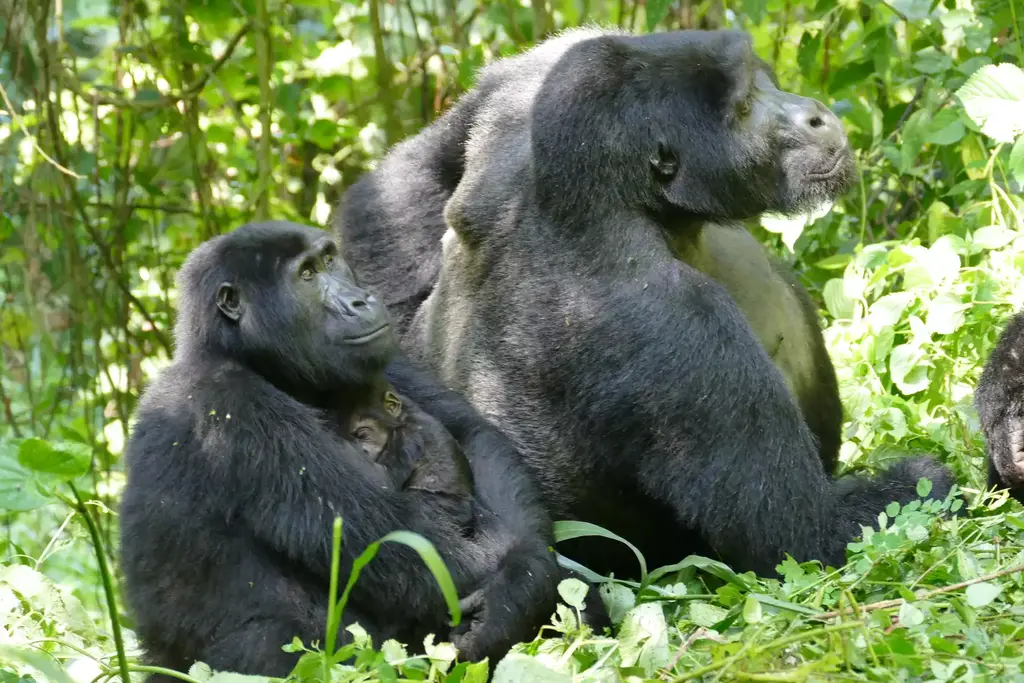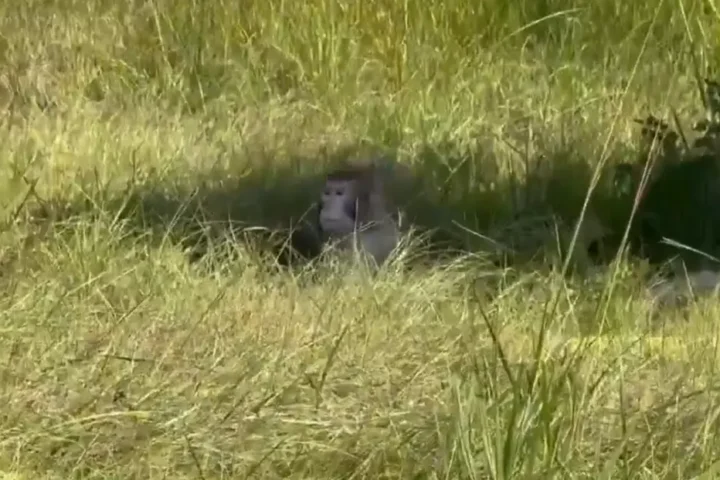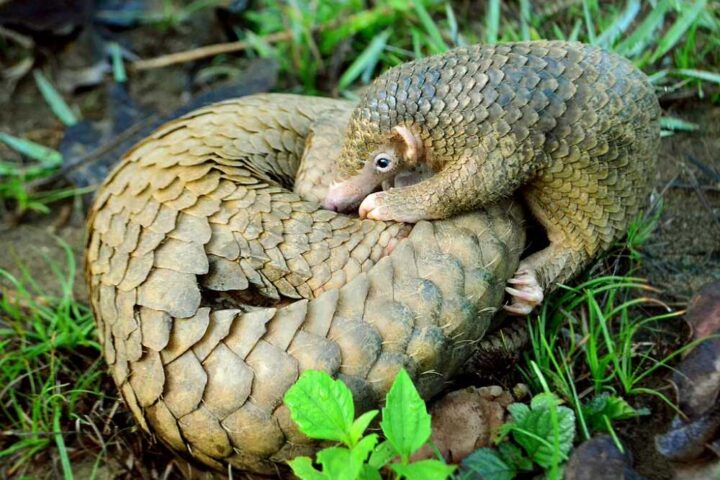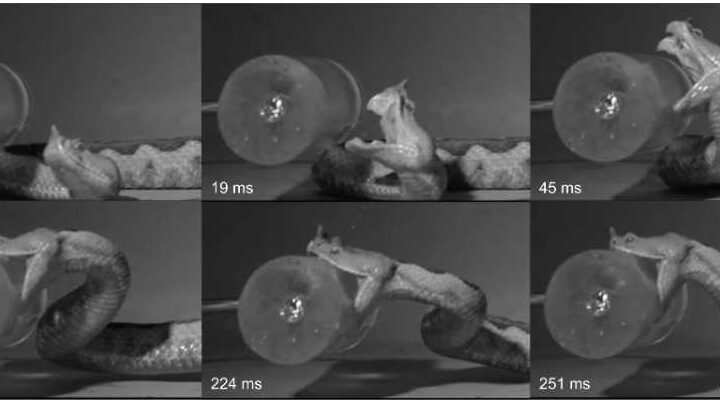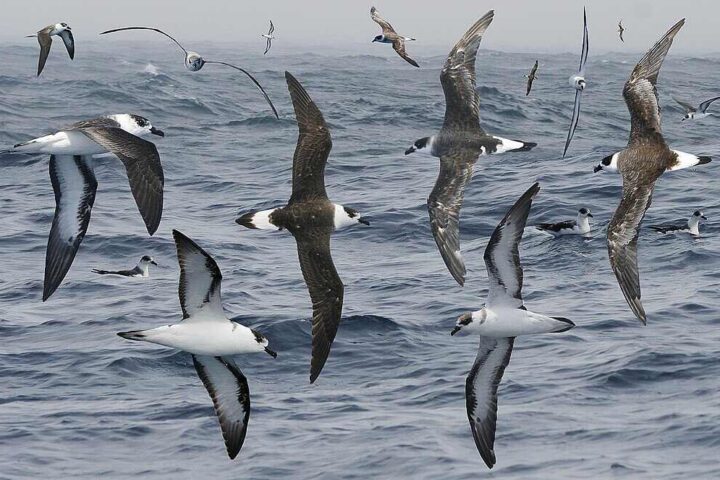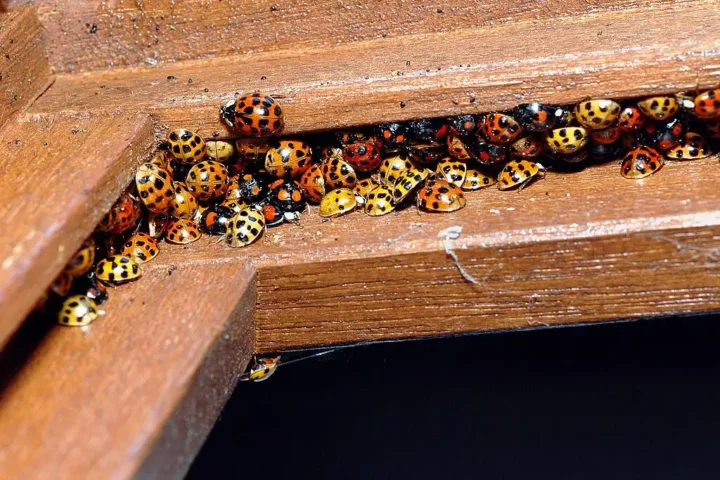New research reveals female gorillas can beat males in conflicts despite weighing only half as much. Scientists found females win about one in four confrontations with non-alpha males, challenging long-held beliefs about gorilla social structures.
A team from the Max Planck Institute and University of Turku studied 1,169 interactions between mountain gorillas in Uganda’s Bwindi forest over nearly three decades. Their surprising discovery: 88% of females outrank at least one adult male in groups with multiple males.
“We wanted to investigate female-male relationships in gorillas because they show extreme differences in body size,” says lead researcher Nikos Smit. Male gorillas typically weigh twice as much as females and were long thought to dominate them completely.
The study found females more often outranked younger and older adult males. “This suggests other factors influence power relationships besides just size and strength,” explains Martha Robbins, who directs the Bwindi mountain gorilla research project.
Similar Posts
Why would larger males yield to females? Researchers propose two possible explanations. Alpha males might support females during conflicts with other males. Or non-alpha males could strategically back down to maintain their place in the group.
Winning these contests gives female gorillas a real advantage – first access to food over males they outrank. This finding challenges the traditional view that females only compete with each other for food while males fight over mates.
The research adds to growing evidence that power relationships between sexes vary widely across primates. Bonobos have female-led societies despite males being larger, while chimpanzees maintain stronger male dominance.
These variations raise questions about human societies too. The researchers suggest human gender hierarchies aren’t simply inherited from our primate ancestors but developed through our flexible social systems.
“This is important for understanding power relationships,” Smit told BBC Science Focus. “It is not all about size and strength.”
The study appears in the August 7, 2025 issue of Current Biology.
